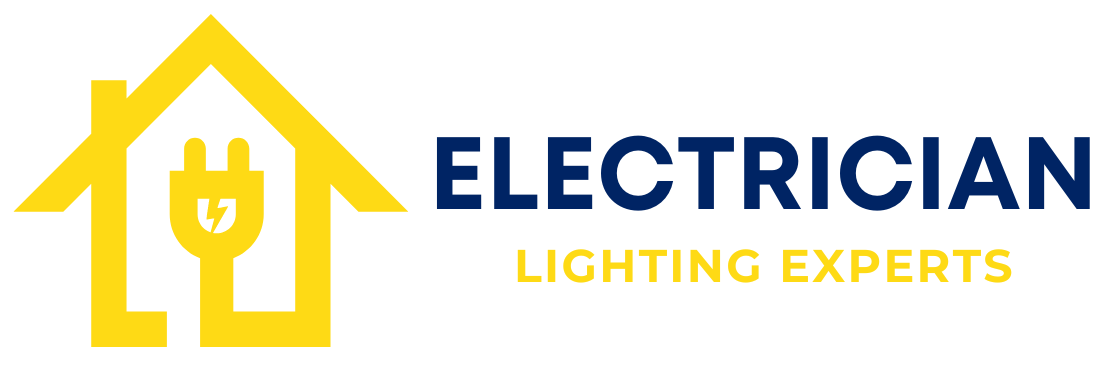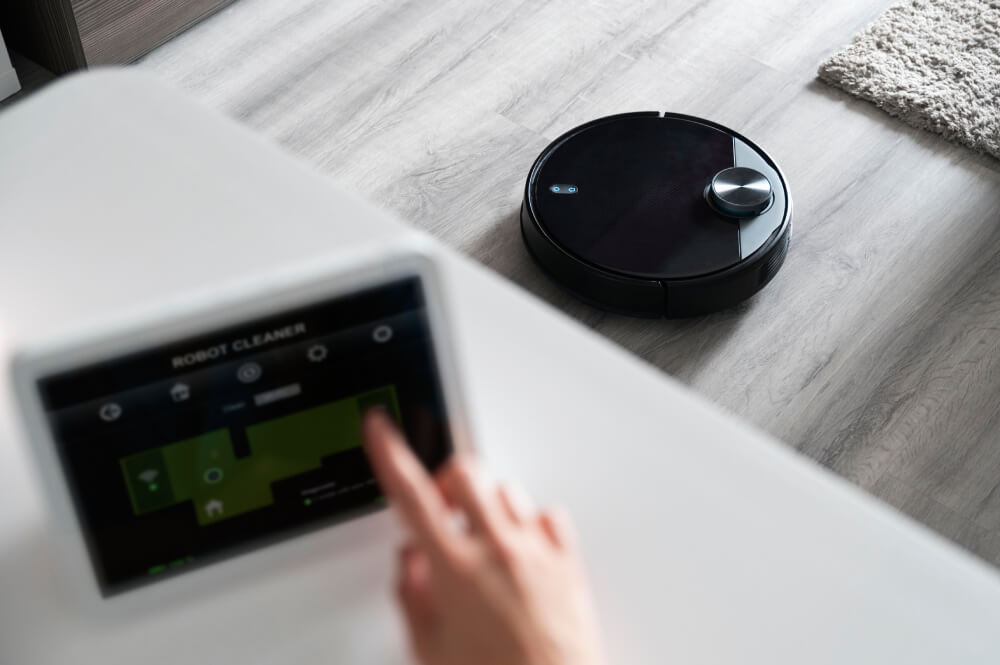Introduction
Energy conservation is a financial as well as an environmental issue in the modern world. Homeowners are searching for creative ways to lower their energy usage as a result of growing electricity prices and a greater emphasis on sustainable living. Smart tech appliances have become a game-changer, maximizing our everyday energy use by fusing efficiency and ease. These gadgets help decrease expenses and waste by automating, monitoring, and adjusting a variety of home systems using state-of-the-art technology.
Whether it’s controlling your heating and cooling with a smart thermostat or managing electricity usage through real-time monitoring, smart tech offer practical solutions to energy challenges. In this article, we’ll explore the various ways these devices contribute to significant energy savings, making them a worthwhile investment for any homeowner.
1. Smart Thermostats for Efficient Climate Control
A large amount of the energy used in homes is used by heating and cooling systems. Because they need to be manually adjusted or rely on static schedules that might not match actual usage, traditional thermostats frequently perform inefficiently. With clever features that maximize energy use and improve comfort, smart thermostats solve these inefficiencies.
Smart thermostats adjust to the particular characteristics of your home using sensors, Wi-Fi, and machine learning. In addition to anticipating seasonal changes to modify heating and cooling appropriately, they can recognize when you’re home and when you’re away. For example, the thermostat will gradually reduce the temperature before you leave if you usually leave for work at 8 a.m., ensuring that the least amount of energy is used while you are away.
Key benefits of smart thermostats include:
- Energy Efficiency: They can reduce heating and cooling costs by up to 20% by avoiding unnecessary usage.
- Custom Scheduling: Create personalized temperature schedules to suit your lifestyle.
- Learning Algorithms: Over time, the thermostat learns your habits and adjusts automatically, so you don’t have to think about it.
These devices don’t just save energy—they make your home more comfortable while keeping your utility bills in check.
2. Smart Lighting for Optimized Usage
A smaller but still noteworthy amount of residential energy is used for lighting. Conventional lights frequently stay on when not in use, wasting electricity. By providing cutting-edge features like motion sensors, remote controls, and adjustable schedules, smart lighting solutions address this issue.
Smart lights with motion sensors are especially helpful in areas like closets, bathrooms, and corridors. When they sense movement, they automatically turn on, and after a predetermined amount of idleness, they turn off. By doing this, waste is avoided and lights are only used when absolutely essential.
Another useful feature is the remote control. You can control your lights from any location with a smartphone app. When leaving, did you leave the kitchen lights on? Just give them a couple taps to turn them off. In order to maximize efficiency and security, smart lights also enable scheduling. For example, you may schedule outside lights to turn on at dusk and off at morning.
By providing color temperature and dimming options, some smart lighting systems go above and beyond. In addition to creating a comfortable ambiance, turning lights down to 50% brightness also drastically lowers energy use. In a similar vein, altering color temperatures to resemble sunshine can save energy and enhance mood and productivity.
The importance of smart lighting:
- Energy Savings: Research indicates that intelligent lighting can cut electricity consumption by 20–30%.
- Convenience: Daily tasks are made easier by automating lighting schedules.
- Sustainability: LEDs, which are more energy-efficient and last longer than conventional bulbs, form the basis of many smart lighting.
3. Energy Monitoring and Insight Through Smart Plugs and Power Strips
Even while they are off, a lot of appliances and technological devices use electricity. This covert energy drain, sometimes referred to as standby power or phantom loads, can account for as much as 10% of a household’s electrical costs. Power strips and smart plugs are made to directly address this problem.
These gadgets offer up-to-date information on how much energy each appliance uses. You can keep an eye on your gadgets’ usage and spot energy-intensive behaviors by connecting them to smart plugs. For instance, you might find that, even when not in use, your gaming console is using a lot of electricity. Equipped with this understanding, you may either unplug it or configure the smart plug to automatically cut off power when not in use.
Smart power strips combine devices to provide more functionality. For example, you can use a single power strip to connect your gaming console, TV, and sound system. Phantom loads can be avoided by using a single command to turn off the complete entertainment system when not in use.
Smart plugs and strips have the following features:
- Usage Tracking: Examine comprehensive energy reports for specific gadgets.
- Automation: Set up gadgets to switch off at off-peak times.
- Remote Control: Use an app to turn off forgotten equipment from any location.
By avoiding needless power usage, these tools not only save energy but also increase the longevity of your equipment.
4. Efficient Appliance Control with Smart Home Devices
Some of the largest energy users in a home are household appliances like dryers, washing machines, and refrigerators. With features like consumption optimization, energy-saving modes, and remote monitoring, smart appliances are made to be more efficient.
For instance, smart refrigerators can change their cooling settings according to the temperature outside or the amount of door openings. This guarantees that they function effectively without sacrificing the preservation of food. Smart-enabled washing machines can reduce waste by adjusting cycle times and water levels based on the size of a laundry load.
Although dryers consume a lot of electricity, smart machines frequently have moisture sensors that recognize when garments are dry and turn off the cycle automatically. This conserves electricity and avoids over-drying.
Among the benefits of smart appliances are:
- Remote Control: Use your smartphone to start, pause, or keep an eye on the cycles of your appliances.
- Energy Modes: Reduce power consumption by using eco-friendly settings.
- Maintenance Alerts: To assist maintain efficiency, get alerts for problems like clogged filters or excessive energy consumption.
Purchasing smart appliances is a long-term way to improve convenience and save household energy use.
5. Energy Efficient Water Heating with Smart Devices
One of the biggest causes of residential energy costs is water heating. By providing exact control over water temperature and usage patterns, smart water heaters address this issue.
Your hot water habits, such when you usually take a shower or run the dishwasher, can be learned by these gadgets. They avoid the energy waste of keeping the water hot all day by just heating it when necessary based on this data. For example, the heater might sit dormant during work hours if you don’t need hot water very often.
Smart water heaters include the following features:
- Scheduling: To fit your schedule, set aside particular periods for the water to heat.
- Eco Modes: Lower the temperature when there is little demand.
- Real-Time Monitoring: Use a mobile app to keep tabs on energy and water usage.
By optimizing water heating, these devices not only lower energy bills but also contribute to water conservation efforts.
6. Enhanced Energy Management Systems and Smart Home Hubs
By combining several devices into a single control system, smart home hubs make it simpler to regulate energy use throughout the whole house. Routines like turning off the lights and lowering the temperature when you leave the house can be automated with these systems.
Dashboards that give you a thorough picture of how much energy your house uses are frequently included in energy management systems. With the help of these tools, you may identify patterns, establish energy-saving objectives, and monitor your progress over time. To further improve sustainability, some hubs also provide compatibility with renewable energy sources, such as solar panels.
Important advantages include:
- Smooth Integration: Manage appliances, heating, lighting, and more from a single platform.
- Automation: Establish lifestyle-appropriate energy-saving habits.
- Support for Renewable Energy: Make the most efficient use of wind or solar power.
7. Energy Efficiency with Smart Robot Vacuums
When compared to conventional vacuums, smart robot vacuums use less energy and save time. They focus on dirtier regions and avoid making duplicate passes by cleaning in methodical patterns utilizing sophisticated maps and sensors. Power consumption and runtime are reduced by this effective cleaning.
Because of their energy-efficient motors and flexible cleaning schedules, robot vacuums can save even more money by running during off-peak hours. They also avoid needless energy use with their low-power standby modes and smart docking.
Important advantages include:
- Focused cleaning to cut down on trash.
- Effective recharging and battery management.
- Personalized timetables to maximize energy efficiency.
Robot vacuums are a useful and energy-efficient addition to any smart home because of their ability to integrate with smart ecosystems, which allows for synchronization with other devices, such as starting cleaning when no one is home.
Real-Time Energy Usage Insights and Automation
Real-time energy consumption tracking, which gives homeowners comprehensive reports and useful insights, is one of the most beneficial features of smart home appliances. These capabilities enable customers to recognize inefficiencies, comprehend how energy is consumed in their homes, and make well-informed decisions about lowering consumption.
Energy-tracking smart home systems can keep an eye on consumption right down to the individual appliances and gadgets. Smart energy meters and smart plugs, for example, can identify which appliances use the most electricity and when. This degree of specificity makes it easier for homeowners to spot “energy hogs” in their houses and implement fixes, such an old refrigerator or a television that is left on standby. Users can identify phantom loads—devices that use power even while not in use—by using real-time monitoring. Equipped with this understanding, consumers have the option to unplug these gadgets or purchase smart plugs that automatically switch off electricity when not in use.
Smart home appliances frequently have proactive capabilities like alarms and notifications in addition to basic tracking. For instance:
- Device Usage Alerts: If a device is using more electricity than it should, like a broken air conditioner or an unnecessary dryer, users can get alerts.
- Optimizing Suggestions: Certain systems offer customized suggestions to cut down on energy usage, such as decreasing thermostat settings at night or moving the use of high-power equipment to off-peak hours.
This ability also includes combining more comprehensive energy-saving techniques with real-time energy usage data. For instance, solar panels and battery storage devices can be used in tandem with smart energy systems. By prioritizing the use of solar electricity during sunny hours and transferring to grid power or stored energy during periods of high demand, these systems maximize energy consumption.

